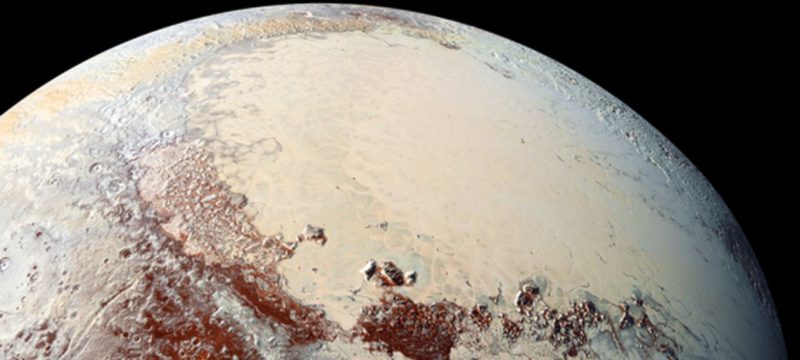A team of scientists has identified a enigmatic object at the farthest reaches of the solar system that may qualify as a dwarf planet, according to a recent study. Named 2017 OF201, this object measures approximately 700 kilometers (435 miles) across and follows a highly elongated orbit reaching as far as 1,600 astronomical units (AU) from the Sun—well beyond the Kuiper Belt, a distant zone of icy bodies beyond Neptune.
The discovery was confirmed by the Minor Planet Center of the International Astronomical Union and is based on telescope observations collected over seven years from observatories in Chile and Hawaii. Lead researcher Sihao Cheng from the Institute for Advanced Study in Princeton explained that 2017 OF201 could offer new insights into the distant solar system, a region once thought to be largely empty.
Read more: Solar Eclipse 2025: Timings & Locations to Witness the First ‘Suraj Grahan’
Cheng noted that the object’s size might be sufficient for dwarf planet status, and its eccentric orbit suggests it may have undergone migration influenced by the gravity of a massive planet in the distant past. Although its exact composition is unknown, it likely resembles other icy bodies found in the Kuiper Belt.
Currently located about 90.5 AU from the Sun—over 90 times farther than Earth’s distance from the Sun—2017 OF201’s orbit takes roughly 25,000 years to complete, making it one of the most distant observable objects in our solar system. Its mass is estimated to be about 20,000 times smaller than Earth’s and roughly 50 times less than Pluto’s. While smaller than Ceres, the smallest officially recognized dwarf planet, its shape remains undetermined due to its extreme distance.
This discovery challenges existing theories about the distribution of trans-Neptunian objects (TNOs), which orbit beyond Neptune. Many TNOs are clustered in ways that have led scientists to hypothesize a hidden giant planet, often called Planet Nine or Planet X. However, 2017 OF201 appears as an outlier to these clusters, potentially calling this hypothesis into question.
Detection technology currently limits finding objects beyond about 150 AU, suggesting that many similar-sized bodies could remain undiscovered. Cheng emphasized that this single discovery indicates that the region beyond Neptune is far from empty and holds many mysteries yet to be revealed.
The five officially recognized dwarf planets in the solar system include Ceres, Pluto, Haumea, Makemake, and Eris. Unlike planets, dwarf planets orbit the Sun but have not cleared their orbits of other debris, which is a key distinction in their classification.









